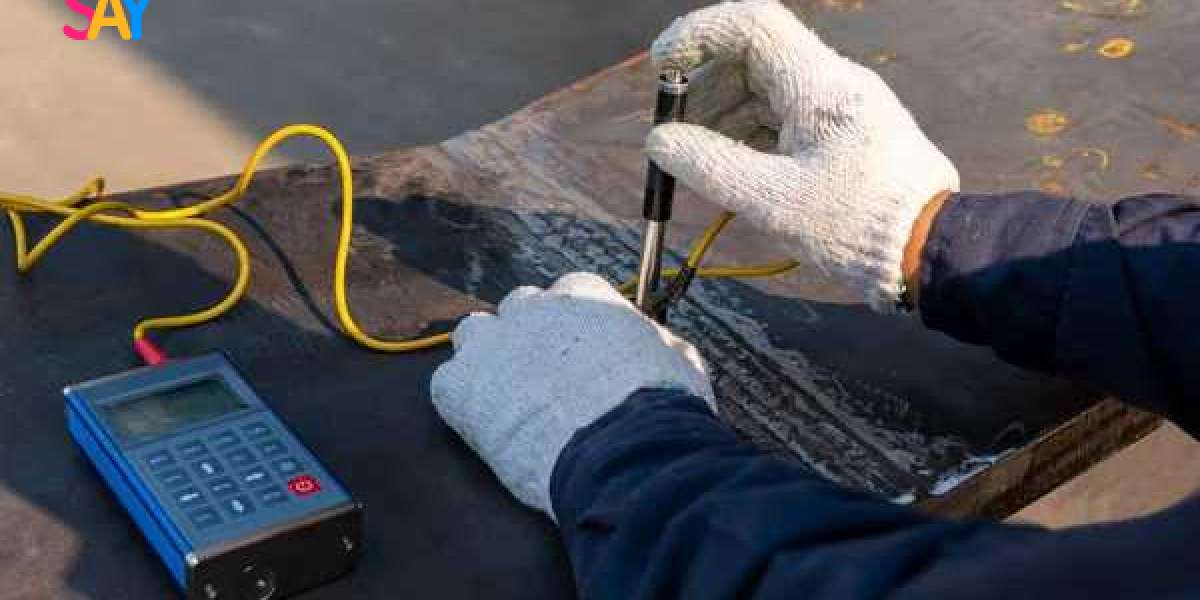Kitchen Daily Opening Checklist
The kitchen opening checklist sets the tone for a successful day in any restaurant or food facility. It acts as a structured guide for kitchen staff to ensure the kitchen is prepared, organized, and compliant with safety and hygiene standards before operations begin.
By following this checklist, your team can guarantee a smooth and efficient opening, minimize risks, maintain food quality, and provide a safe environment for staff and customers.
see more about Lighting
Kitchen Opening Procedures
Reviewing closing tasks: Inspect the kitchen area to ensure that all closing procedures were effectively carried out during the previous shift, including cleanliness, equipment malfunctions, and proper storage.
Safety and hygiene checks: Verify that fire extinguishers are working and accessible. Ensure all staff are equipped with appropriate personal protective equipment (PPE). Check that all cleaning chemicals are properly stored, full, and labeled.
Temperature checks: Record temperatures of fridges, freezers, and storage areas to ensure they are within the safe range. Calibrate food thermometers for accurate temperature readings.
Food storage: Check all food storage areas for organization, cleanliness, and proper labeling (FIFO - First In, First Out). Ensure that raw and cooked foods are stored separately to prevent cross-contamination. Inspect and clean all preparation surfaces, cutting boards, and utensils.
Bookings: Check and manage bookings and any special requirements, such as food allergies or intolerances.
Kitchen staff briefing: Conduct a pre-shift meeting to review the day's menu, special instructions, and any procedure changes. Discuss bookings and reiterate health and safety guidelines while reminding staff of their responsibilities.
see more: How to connect Alexa to your lights and turn them on and off with a single command
Kitchen Closing Checklist
The kitchen closing checklist ensures that your kitchen is properly shut down at the end of the day. It is crucial for maintaining cleanliness, safety, and compliance.
Kitchen Closing Tasks
Communicating staff duties: Delegate specific closing duties to kitchen staff to ensure a systematic and efficient closing process. Communicate any outstanding issues, requirements, or special instructions to the next shift or management.
Temperature checks: Record and log the final temperatures of fridges and freezers to ensure they are operating within the recommended range.
Cleaning and sanitization: Clean and sanitize all food preparation surfaces, equipment, and utensils following established protocols. Ensure the dishwasher is cleaned and sanitized, and all filters are checked and emptied.
Waste management: Empty all waste bins, properly separate waste, and ensure bins are securely closed and ready for collection. Break down and dispose of cardboard, plastic, and other recyclable materials in designated recycling bins.
Food storage and rotation: Label and rotate all leftover food items and store them appropriately following the "First In, First Out" principle. Dispose of any food that is out of date.
Equipment shut down: Turn off and properly shut down all kitchen equipment, ensuring safety measures are followed.
Final walkthrough and security: Conduct a final walkthrough of the kitchen to ensure all tasks are completed and all equipment is turned off. Secure all entry points, windows, and storage areas, and set the alarm system if applicable.
FAQs
Q: Why are kitchen checklists important?
Kitchen checklists are essential to ensure food safety, compliance with regulations, streamline workflow, reduce errors and waste, empower training and onboarding, and save costs. They contribute to a well-organized and efficiently run kitchen, resulting in quicker service, fresher food, and higher customer satisfaction.
Q: How to create a kitchen opening and closing checklist?
Identify and prioritize tasks based on health and safety protocols, correct handling of food and beverages, and staff responsibilities and training.
Organize tasks into subsections based on staff positions and time of day.
Create the checklist, including who is responsible for each task, to hold staff accountable and offer support and training when needed.
Q: What's the difference between an opening and closing checklist?
An opening checklist ensures that essential activities, such as proper storage and preparation, are coordinated for a structured start to the day. A closing checklist focuses more on health and safety measures, as food is stored overnight and minor oversights can have significant consequences.
Implementing kitchen checklists is a game-changer for any restaurant or food facility. It enhances efficiency, productivity, and customer satisfaction while ensuring compliance and food safety. Don't overlook the power of these simple tools in transforming your kitchen operations.
see more: Edgar M Downs







